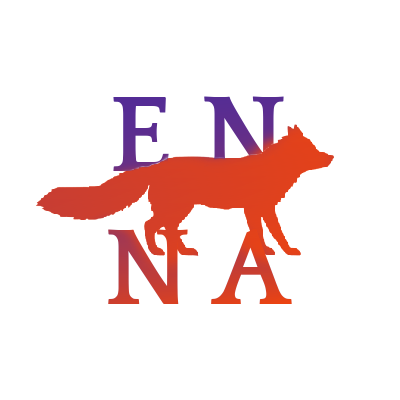The Kattaluna race has three main types of language: modern tongue, ancient tongue, tail-sign language. Within modern tongue there is modern Kattaluna tongue and Universal. Most Kattalunae these days speak only Universal. Ancient tongue is only in oral form and is sometimes taught in school as part of the history lessons but depending on the teacher. Tail-sign language derives from ancient tongue and is an attempt at mimicking the written form of ancient tongue. It is the least developed language with only basic speech. Some Kattalunae make up their own tail movement patterns to mean different words.
Differences
Ancient Tongue (written form)
- Read from right to left.
- It relies on sound variations. Thick lines are hard sounds like “kuh” or “dah”, thin lines are soft sounds like “sh” or “ch”, circles and other curves are rounder sounds like “oh” or “ah” and some of the letters represent subtle tail motions (tail-sign language). Kind of like how cats communicate with each other.
- For the words which represent the subtle tail motions, they are squiggly and the Kattalunae move their tails following the squiggly line to make out which letter or word it is.
Modern Tongue
- It is a structured language with proper grammar. It is a written and spoken language. Often Kattalunae use it to fill in the gaps of tail-sign language.
- It is referred to as modern tongue, modern, or modern Kattalunan.
Commonly Spoken Language
Universal is the commonly spoken language in the present day. It is the language of the world. Any Kattalunan languages are slowly dying out as the elders die and the schools see no reason to teach them anymore.
However, some words of greeting have remained in their culture such as “Ro” which means “hello” or “hey”. Others are swear words such as “feigat”.
Sign Language in Both
Tail-sign language has followed an interesting development, first appearing as an additional element to the mainly oral tongue of the ancient language. The old Kattalunae in Ancient Elgana only had an oral language and when they needed to be quiet, they would try to emulate the feel of the sounds with their tails.
Sharp sounds of scolding would have quick movement. Wide circular movements would often be rounder sounds and usually in a relaxed or friendly manner. Tiny, subtle sounds emulate soft tones or whispering.
Gradually, as the ancient language died out, tail-sign language remained especially when injured Kattaluna could not speak or when Kattaluna were born with a speed impediment, difficulty in speaking, or being mute or deaf. It didn’t develop as much as the written languages of both modern tongue and Universal, however, it remained as a subtle companion for the Kattalunae.
Today, although few actually use tail signs in their daily lives, many actively learn it in school activities or from older clan members. This is either because they know someone who requires tail-signs to communicate, or they value their cultural heritage and want the language to live on.

